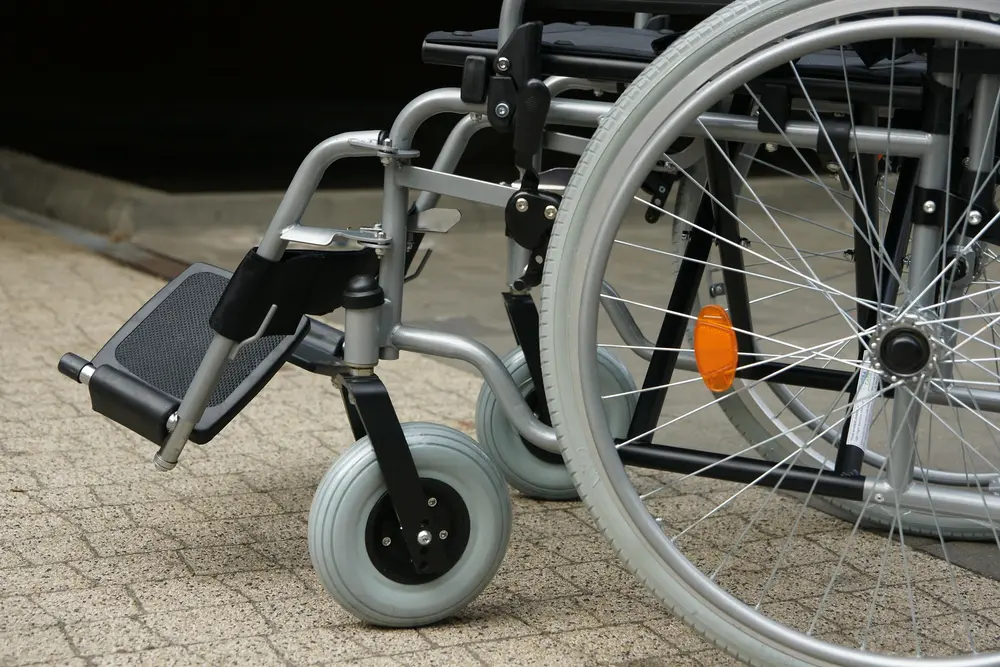Applying for Social Security Disability Insurance Benefits (DIB) can be a complex process, especially when you are dealing with the online application. When you file online for disability benefits, you will automatically be filing an application for Disability Insurance Benefits (DIB). One crucial step that often confuses claimants is the decision to check the box indicating they also want to apply for Supplemental Security Income (SSI) disability benefits. Many applicants overlook this option or are unsure what it means, potentially missing out on significant benefits and jeopardizing their claim. Additionally, if you are found ineligible for DIB for technical reasons, such as not meeting the earnings requirements, applying for SSI can be a critical safety net.
Why Consider Applying for SSI?
When filling out your online application for Social Security Disability Insurance Benefits, it’s essential to understand the differences and benefits of applying for both Disability Insurance Benefits (DIB) and Supplemental Security Income (SSI) disability benefits. Here are a few key reasons why you should consider checking that SSI box:
- Potentially Higher SSI Benefits
In some cases, your SSI benefit may be larger than your DIB benefit. DIB is based on your work history and the amount you have paid into the Social Security system as FICA taxes. SSI though is means-tested program that considers your financial situation. If your DIB amount is low, SSI might offer a higher monthly benefit.
- Benefits During the DIB Waiting Period
DIB benefits are subject to a waiting period. This waiting period is a five-month ineligibility period that starts the month following the month in which Social Security determined your disability began. For example, if SSA determines your established onset date (EOD) to be March 15th, the waiting period would start in April and end in August. However, if SSA determined that your disability commenced on the first of the month, such as March 1st, the waiting period begins in that month, so it would start in March and end in July. (Please note that not all claims have a waiting period. For example, claims involving Amyotrophic Lateral Sclerosis (ALS) and Childhood Disability Benefits (CDB) do not have a waiting period. Also, in a Disabled Widow’s or Widower’s claim, there is no waiting period if the claimant becomes disabled again before age 60, and the new period of disability began within 84 months following the month in which prior entitlement to DWB terminated. Benefits begin the first month the claimant is disabled for the entire month.) In contrast, SSI benefits can begin in the month following the month you meet the disability and non-disability requirements of SSI.
- Date Last Insured (DLI) Issues
Your eligibility for DIB is also tied to your Date Last Insured (DLI). To qualify for DIB, you must prove that you were disabled on or by your DLI, which is based on your work history and how recently you paid Social Security taxes. If you cannot establish that you were disabled on or by your DLI, you will not be eligible for DIB. On the other hand, SSI has no such requirement, meaning you can qualify based on your current disability status, regardless of your work history. Note: Disabled Widow’s/Widower’s Benefits involve what’s called a “prescribed period,” not a Date Last Insured.
Some Key Differences Between SSI and DIB
Understanding the distinctions between SSI and DIB is crucial for maximizing your benefits:
Eligibility:
- DIB: Based on your work history (or the work history of the individual on whose account you are claiming) and Social Security (FICA) contributions.
- SSI: Need-based – considers household income and financial resources.
Benefit Amount:
- DIB: Calculated based on your earnings record, or based on the earnings record of the account you are claiming benefits from, such as in a disabled widow or widower’s case or a disabled adult child case.
- SSI: Fixed by law, subject to adjustments based on other income and resources.(Note that some states have supplements.)
Waiting Period:
- DIB: Generally, there is a five-month waiting period after the SSA determines your disability. (Subject to some exceptions as referenced in this article.)
- SSI: No waiting period.
Date Last Insured (DLI):
- DIB: Must prove disability on or by DLI. (See some exceptions noted in this article.)
- SSI: No DLI requirement.
Understanding SSI as a Means-Tested Program
SSI is a means-tested program, which means it is affected by the income and assets not only of the claimant but also of a spouse with whom the claimant is living. Other household members can be considered, too, especially minor children of yours living with you. The SSA considers both income and resources, which can include savings, investments, and other assets when determining SSI eligibility. This means that if you or your spouse have significant income or resources, it could affect your eligibility for SSI benefits.
The Importance of Legal Assistance
These are just some of the considerations that highlight the importance of having an attorney help you when filing for Social Security Disability Insurance Benefits and/or SSI disability benefits. An experienced attorney can guide you through the application process, ensuring that you understand all your options and don’t miss out on potential benefits.
For more information on how we can assist you, visit our Social Security Disability Benefits page.
Additional Help
You may also find these related blog posts helpful:
- The 7 Levels of Review for a Social Security Disability Claim
- SSI Disability
- Understanding the Difference between SSDI and SSI






